With more electric cars than ever to test, being able to charge at home is crucial.
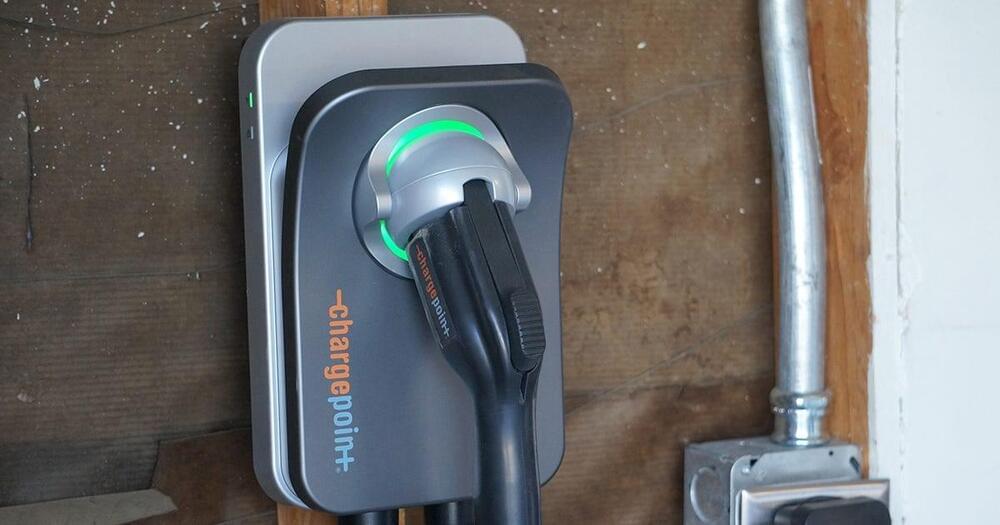

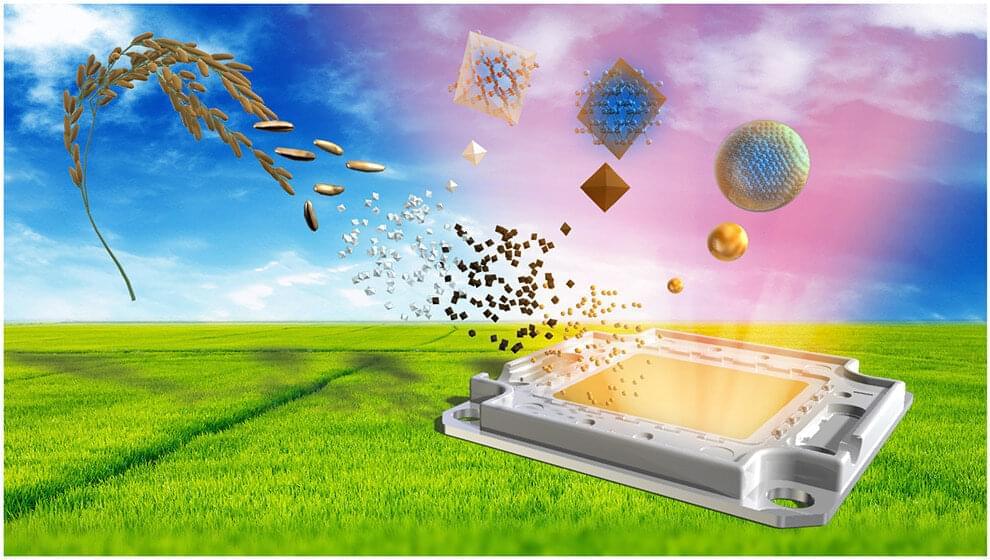
Milling rice to separate the grain from the husks produces about 100 million tons of rice husk waste globally each year. Scientists searching for a scalable method to fabricate quantum dots have developed a way to recycle rice husks to create the first silicon quantum dot (QD) LED light. Their new method transforms agricultural waste into state-of-the-art light-emitting diodes in a low-cost, environmentally friendly way.
The research team from the Natural Science Center for Basic Research and Development, Hiroshima University, published their findings on January 28, 2022, in the American Chemical Society journal ACS Sustainable Chemistry & Engineering.
“Since typical QDs often involve toxic material, such as cadmium, lead, or other heavy metals, environmental concerns have been frequently deliberated when using nanomaterials. Our proposed process and fabrication method for QDs minimizes these concerns,” said Ken-ichi Saitow, lead study author and a professor of chemistry at Hiroshima University.

The most anticipated electric car of the decade is finally going to hit the tarmac in August later this year, and I can’t wait already. Yes, the iconic DMC DeLorean sports car that defined the pop culture of the 1980s and spilled far beyond just a couple of decades of fame is going to now be resurrected as an EV model. Earlier in the year, the gull-winged silhouette of the upcoming DeLorean excited all automotive fans, and now they’ve dropped a very clear half shot of the car’s rear, and a press release to keep all speculations alive. So, I can confidently say, the DeLorean is going to be back in the future!
The iconic car is in fact all set to hit the limelight on August 18, 2022, at the prestigious Awards Ramp at the Pebble Beach Concours d’Elegance. From what we see in the teaser image, the EV is going to follow the norm with a modern silhouette and this concept gives our imagination wings. If we ignore the rear that looks more akin to the Bugatti Chiron, the EV could be pretty similar to what we see in these renders. A bold form factor with an intimidating front could be on the cards. The side profile has to be sharp and flowing with a supercar-like domineer but slightly bend towards the coupe persona too. As per Troy Beetz, CMO of DeLorean Motor Company Inc, 0 “Excitement is rising like the doors of our iconic sports car, and we are revealing the next generation prototype 3 days earlier than planned on the most prestigious stage at Pebble beach.”
Designer: Recom Farmhouse, Kate Brown and Marvin Lübke.
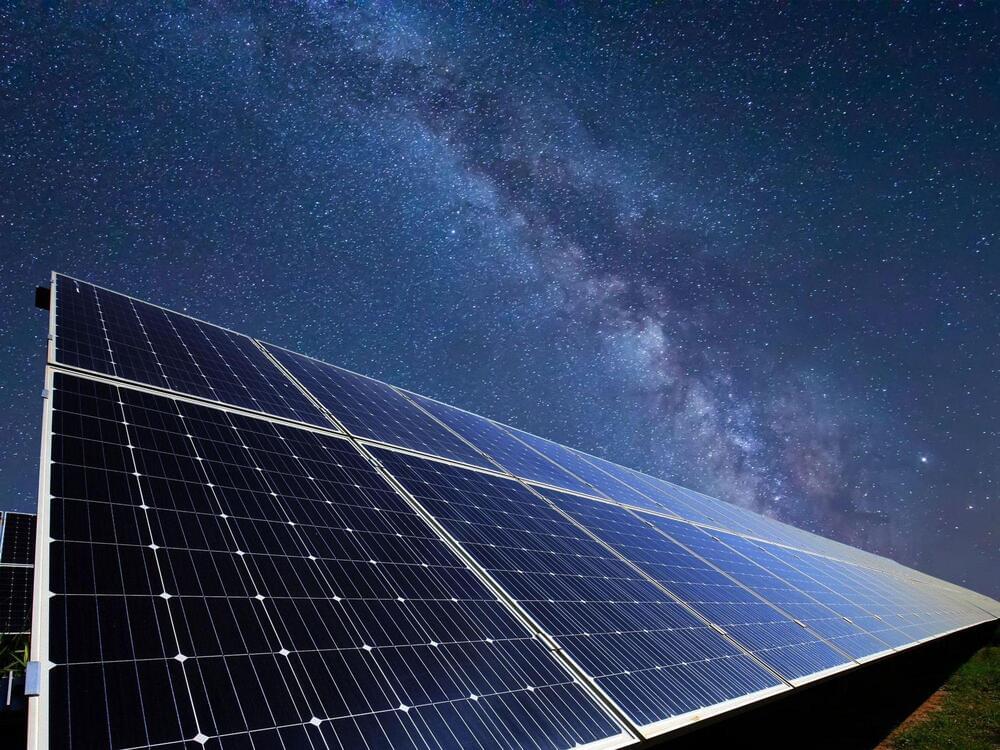
Researchers used radiative cooling to generate enough to power LEDs or charge a cell phone.
NASA has agreed to test startup SpinLaunch’s kinetic launcher, a giant circular accelerator that aims to shoot 200 kilogram satellites into space.
The California-based SpinLaunch’s launcher is located at the Spaceport America facility in New Mexico where it will carry out a test flight with NASA later this year, according to the firm.

A new PV module makes electricity from thermal radiation. Imagine that.
The electromagnetic spectrum is comprised of thousands upon thousands of frequencies. Sound and light are all part of the spectrum, as are the frequencies that make radio and television broadcasts possible. Today’s solar panels harvest light waves from a small part of the EM spectrum and turn them into electricity, but there are many other frequencies like thermal radiation that could someday stimulate new kinds of photovoltaic cells to generate electricity as well.
Researchers at Stanford have recently published a study in the journal Applied Physics Letters that describes a new type of cell that converts thermal radiation into electricity. When the sun goes down, living organisms and physical structures like buildings, road, and sidewalks radiate heat back into the atmosphere. We call this radiational cooling and it is those electromagnetic waves the Stanford researchers say can be put to work making electricity.
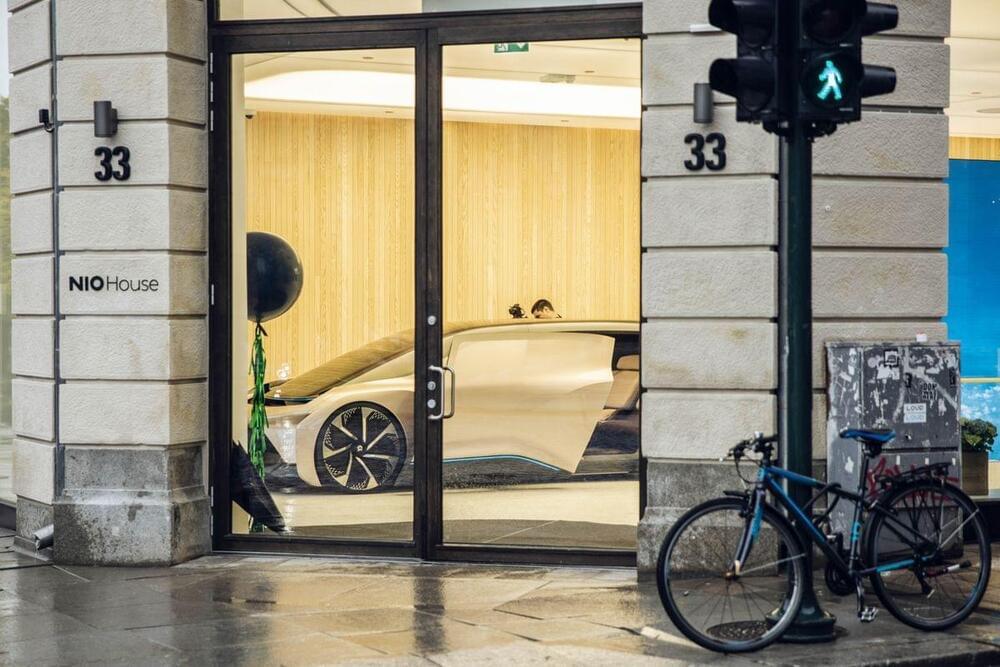
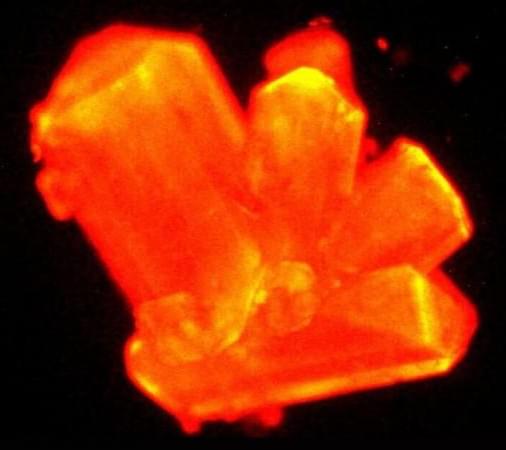
2020 One of the heaviest known elements can be modified more than scientists thought — possibly opening the door to new ways of recycling nuclear fuel and enhanced long-term storage of radioactive elements — according to a recent study published in the journal Nature.
Squeezing heavy elements between diamonds might open doors for recycling nuclear waste.
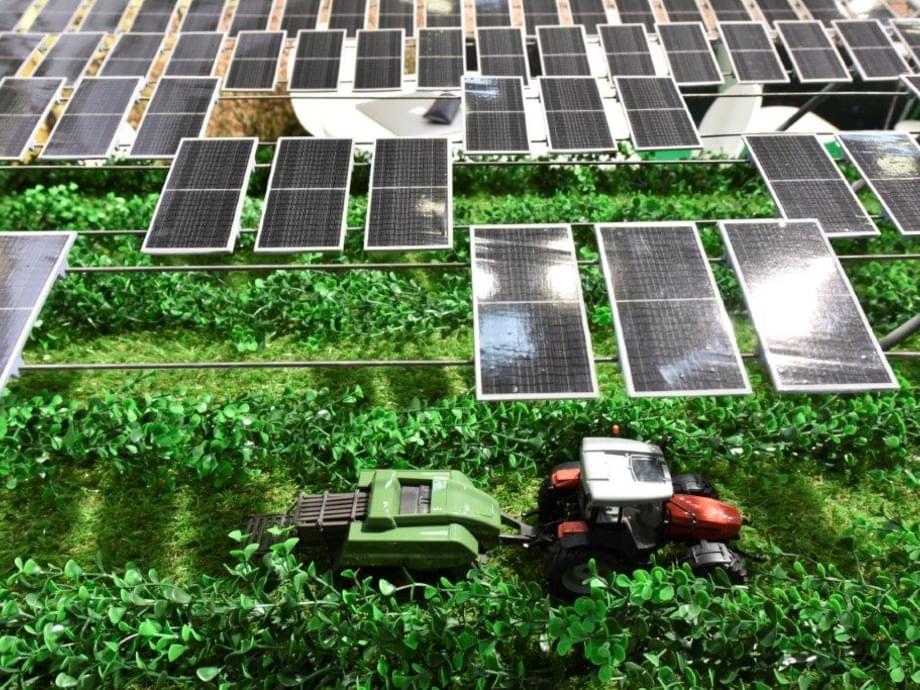
After a wild display of lights, music and futuristic technology, Tesla (TSLA) CEO Elon Musk kicked off the grand opening of the company’s new Texas gigafactory on Thursday.
The Austin plant — Tesla’s fourth globally — will manufacture the Model Y SUV and, next year, the highly-anticipated Cybertruck.
Tesla bull Kevin Paffrath predicts this is only the beginning electric-vehicle maker.
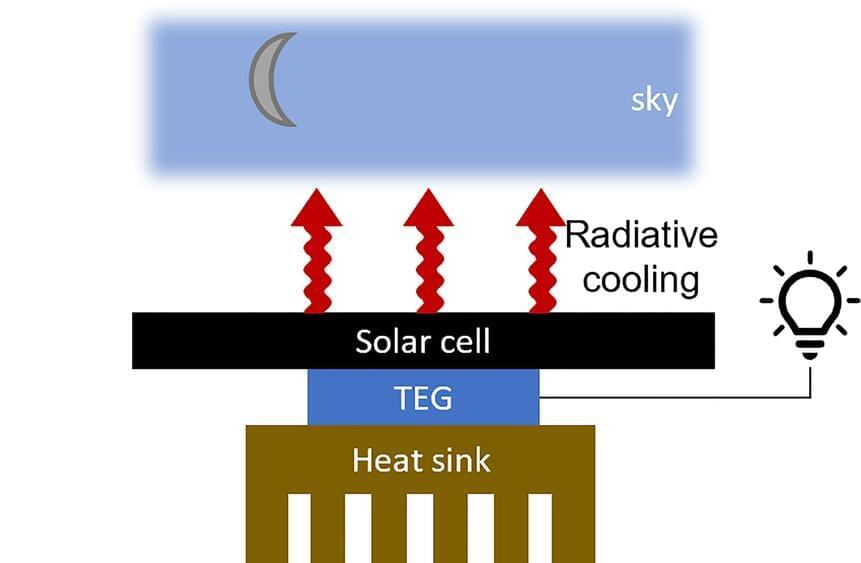
About 750 million people in the world do not have access to electricity at night. Solar cells provide power during the day, but saving energy for later use requires substantial battery storage.
In Applied Physics Letters, researchers from Stanford University constructed a photovoltaic cell that harvests energy from the environment during the day and night, avoiding the need for batteries altogether. The device makes use of the heat leaking from Earth back into space—energy that is on the same order of magnitude as incoming solar radiation.
At night, solar cells radiate and lose heat to the sky, reaching temperatures a few degrees below the ambient air. The device under development uses a thermoelectric module to generate voltage and current from the temperature gradient between the cell and the air. This process depends on the thermal design of the system, which includes a hot side and a cold side.